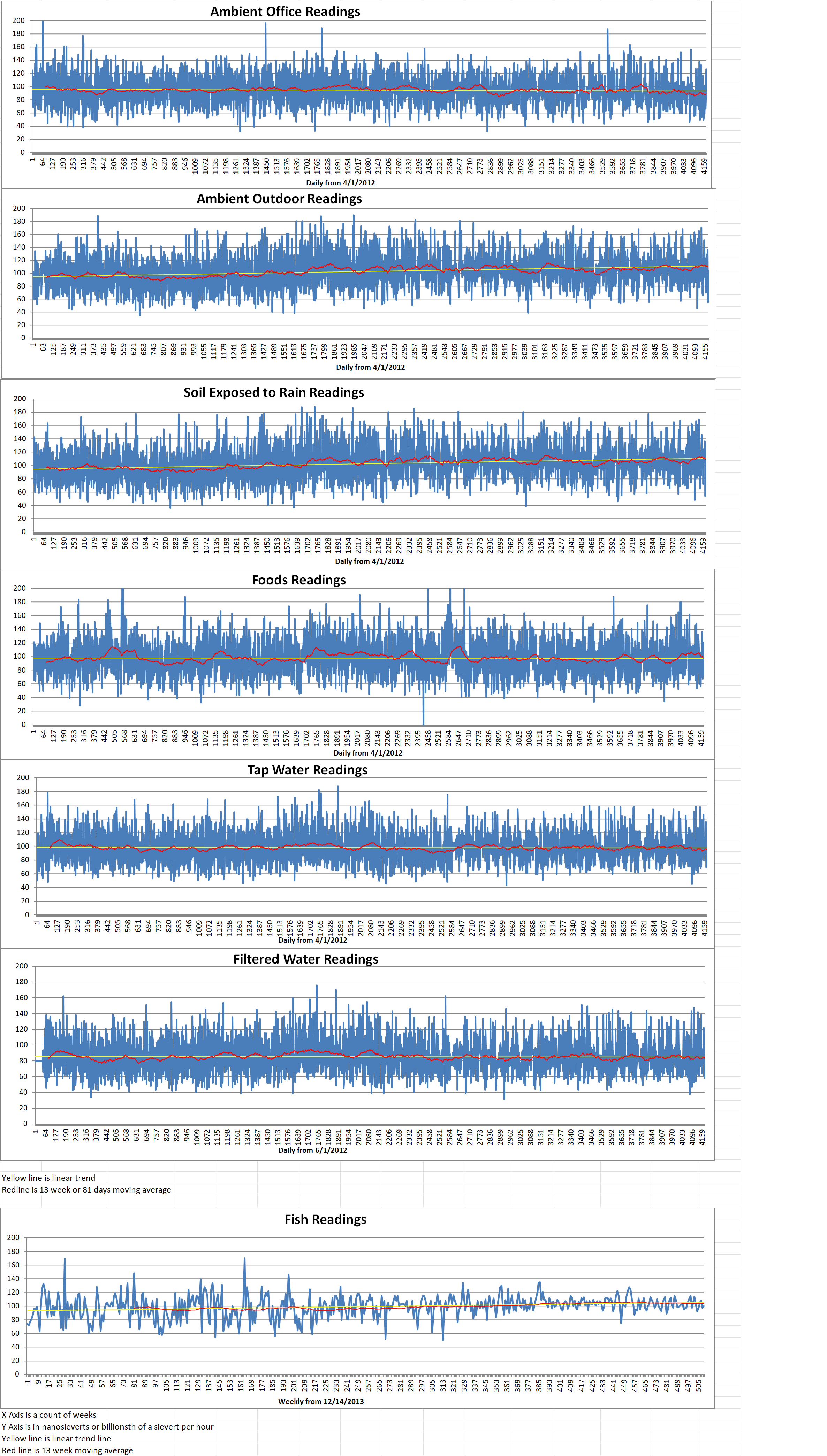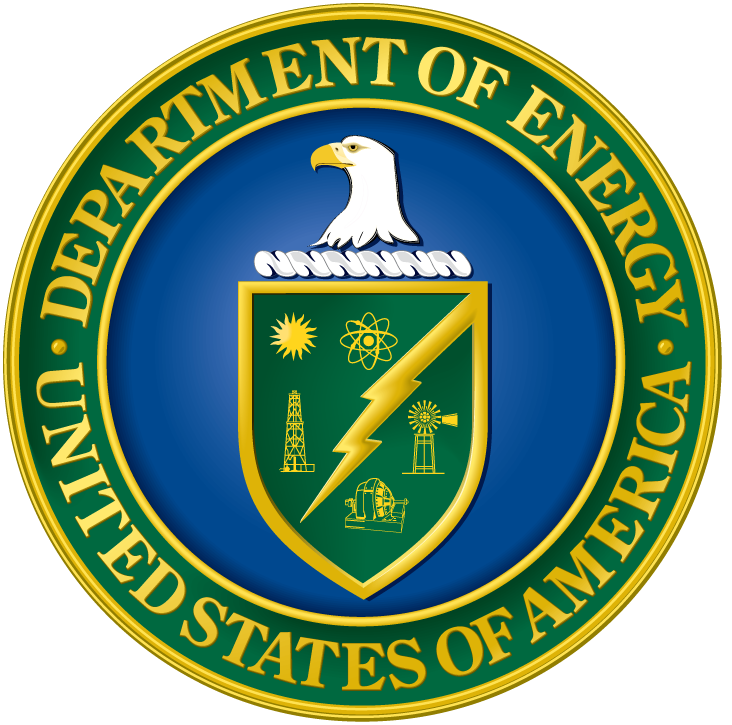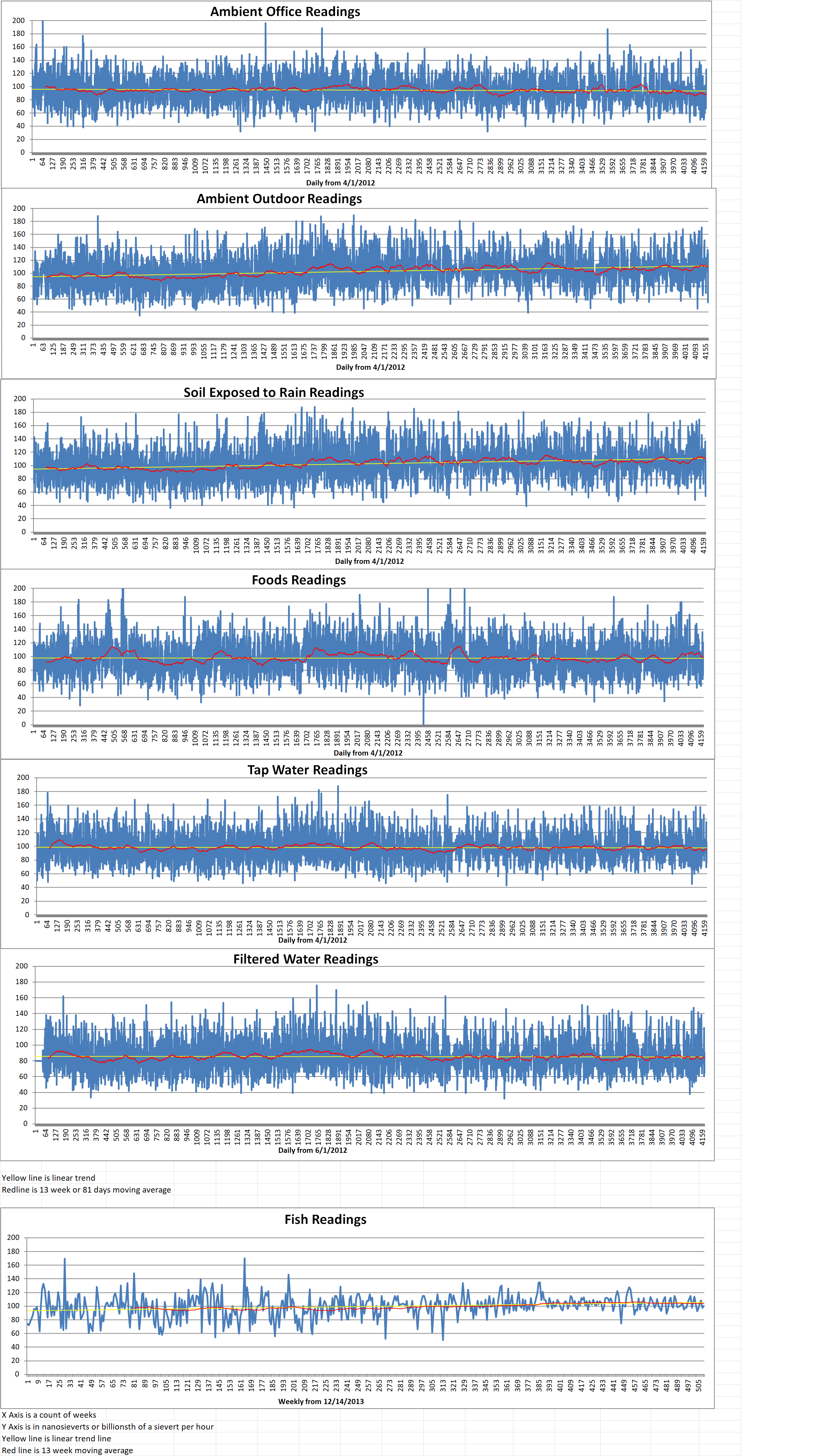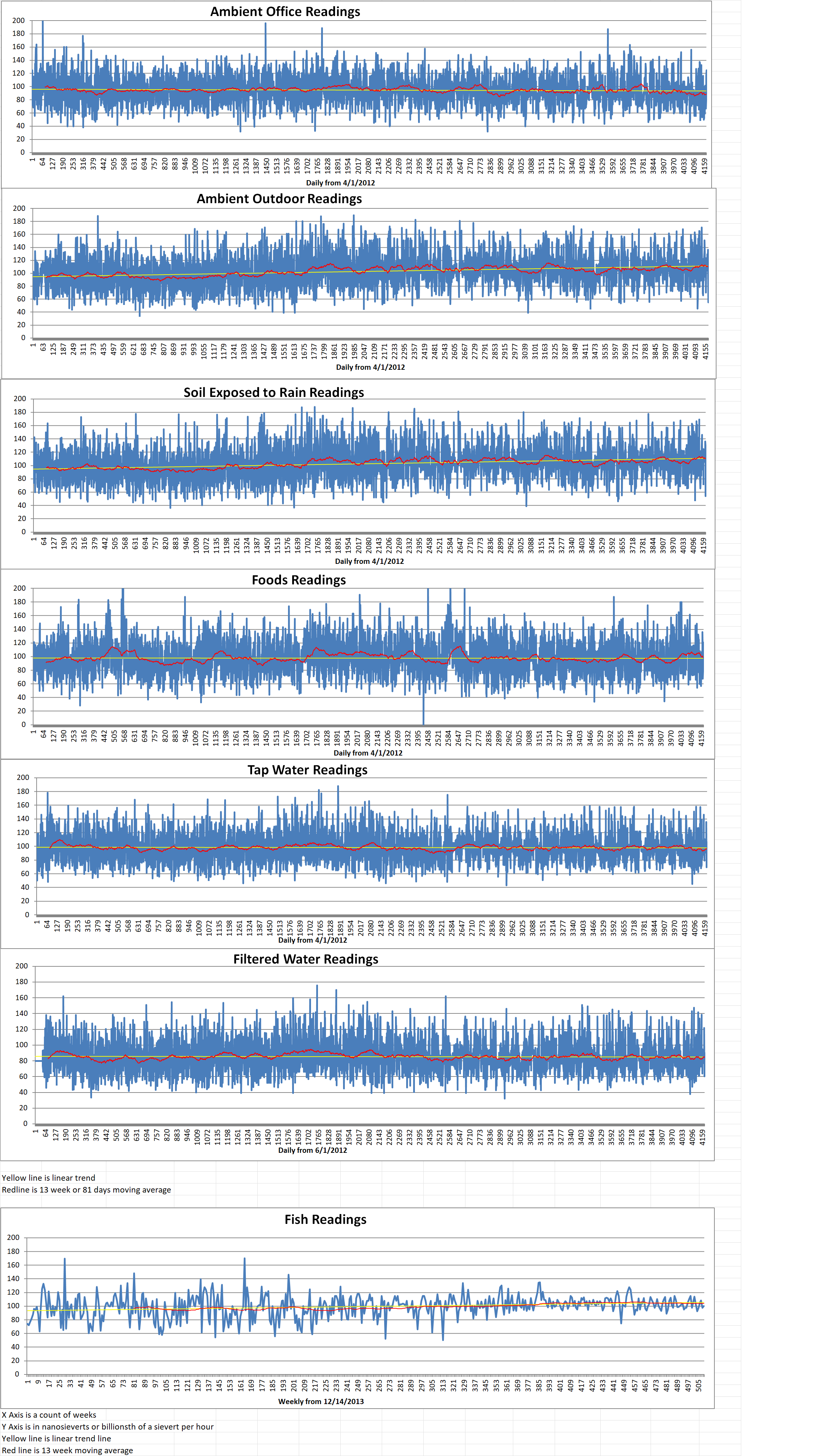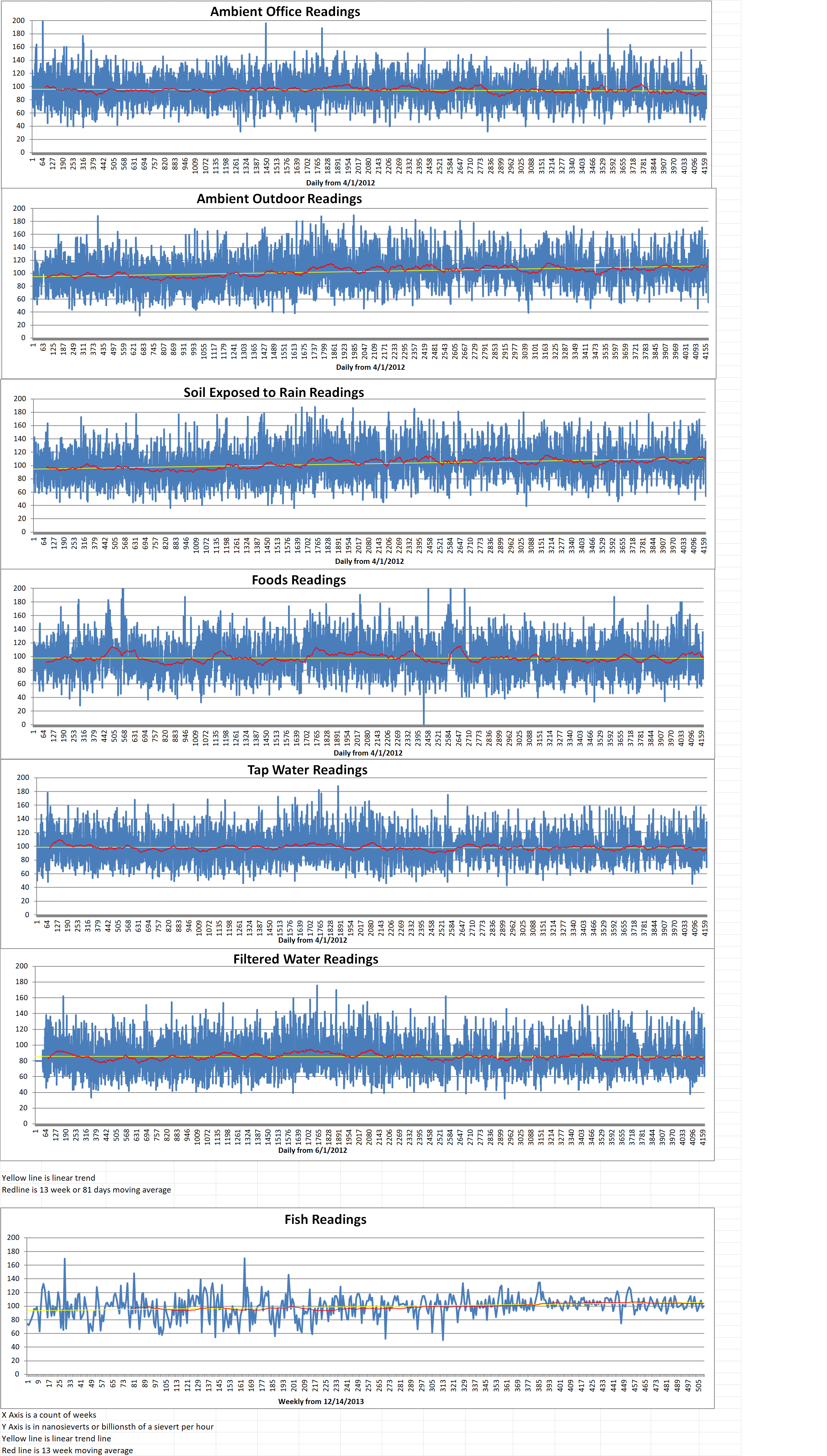IsoEnergy Ltd. is a leading, globally diversified uranium mining company with substantial current and historical mineral resources in top uranium mining jurisdictions of Canada, the U.S., Australia, and Argentina at varying stages of development. This provides near, medium, and long-term leverage to rising uranium prices. It is based in in Saskatoon, Canada.
IsoEnergy will reopen underground access at the Tony M uranium mine in Utah during the first half of this year. IsoEnergy’s goal is to restart uranium production operations in 2025 if market conditions continue as expected.
This “strategic decision” is underpinned by rising uranium prices, the climate of increasing support and demand for nuclear energy, and the recent announcement by Energy Fuels Inc to restart its uranium circuit at the White Mesa mill, IsoEnergy said. Energy Fuels Inc has a toll milling agreement with IsoEnergy.
The Tony M mine is one of three past-producing, fully-permitted, uranium mines in Utah owned by IsoEnergy. It produced nearly one million pounds of uranium oxide (U3O8) during two different periods of operation from 1979-1984 and from 2007-2008. The mine was acquired by IsoEnergy Ltd on the company’s share-for-share merger with Consolidated Uranium Inc, which was completed last December.
IsoEnergy’s announcement comes just over six months after Consolidated Uranium began work towards reopening the underground workings at the Tony M mine. IsoEnergy said it plans to reopen the main decline into the mine and open underground access by the end of the first half of 2024.
IsoEnergy said, “This critical step is expected to facilitate the assessment of the mine’s underground conditions, enable direct analysis of the uranium mineralization in place, and allow for the collection of necessary data required to prepare an efficient mine plan.” The company added, “The work program also includes underground and surface geological mapping of the sandstone-hosted uranium and vanadium mineralization to allow for more precise extraction plans for inclusion in an updated economic study.”
Energy Fuels announced in late December of last year that it plans to restart the uranium circuit at the White Mesa mill in 2025. IsoEnergy said it intends to deliver uranium ore to the mill in time for the restart of the uranium circuit.
IsoEnergy believes that the timing of the restart is “ideal”, given current and near-term uranium market dynamics according to CEO and Director Phil Williams said. He added that “With the uranium spot price now trading around USD100 per pound, we are in the very fortunate position of owning multiple, past-producing, fully-permitted uranium mines in the US that we believe can be restarted quickly with relatively low capital costs. Our existing toll-milling agreement with Energy Fuels places IsoEnergy in a unique position to become a conventional uranium producer in the near-term.”
The work program at Tony M mine includes updating and maintaining the existing mine ventilation and other infrastructure, surveying and rehabilitating underground mine workings and ground support as needed and upgrading and/or replacement of utilities.
IsoEnergy mentioned that it is also evaluating plans to restart operations at the Daneros and Rim mines.

